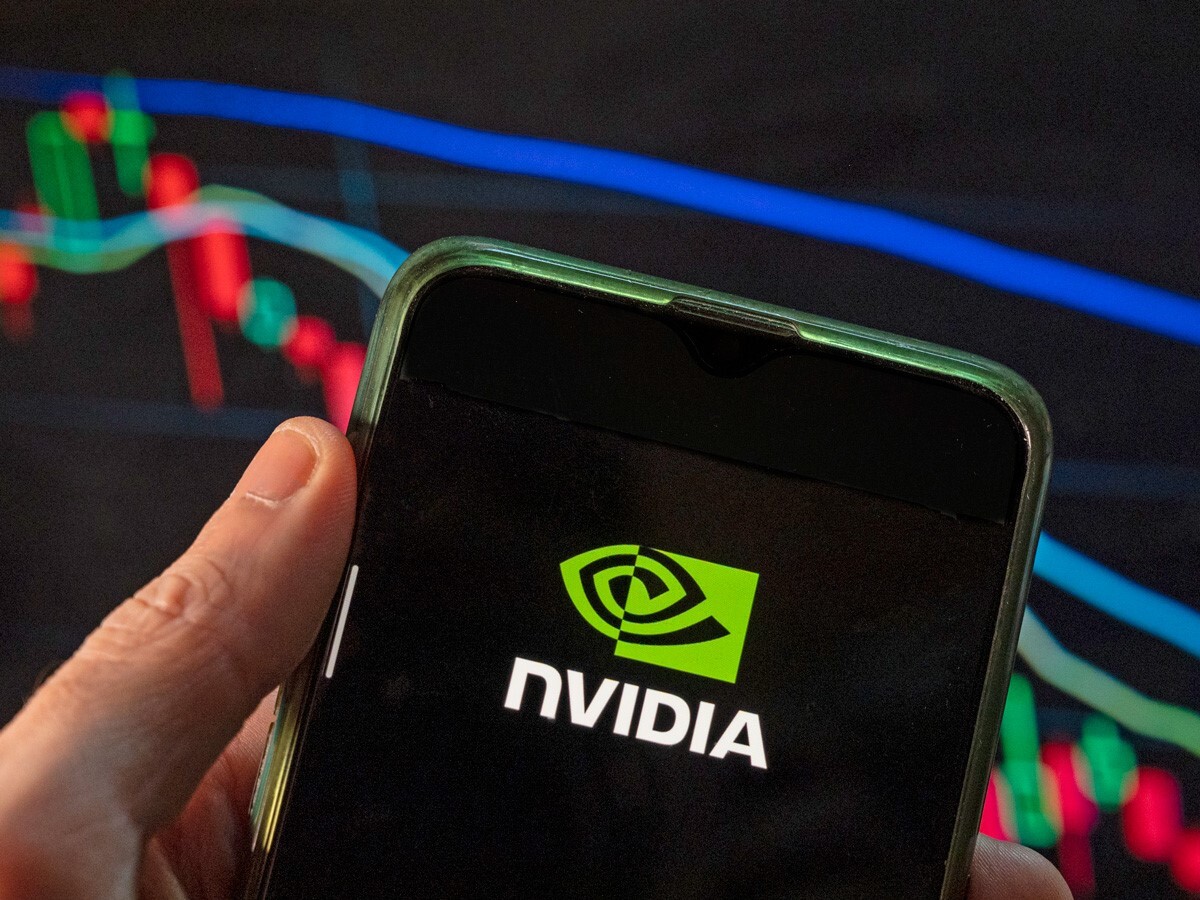The Nvidia [NVDA] share price is down more than 45% this year as a gloomy economic outlook has weighed on demand for computer chips. Although the shares have rebounded in the last month – the stock has risen 50.7% since hitting a 26-month low of $108.13 during intraday trading on 13 October, reaching $162.95 at the close on Monday 14 November – investors face fresh concerns after the US government last month imposed restrictions on the sale of microchips to China.
Investors will no doubt be keen to hear what these new rules will mean for Nvidia when the company announces its Q3 results after US markets close on Wednesday.
China exposure one of several headwinds
A major player in the semiconductor market and one of the biggest makers of graphic processing units (GPUs) used in gaming and machine learning systems, Nvidia has been negatively impacted this year by supply chain issues, global chip shortages and weakened demand from lockdown-afflicted China, which accounts for roughly 25% of the company’s sales.
Nvidia’s exposure to China could cause further complications after US president Joe Biden expanded export controls in October. The restrictions are designed to cut China’s access to some semiconductor chips and chip-making equipment. This latest escalation in the trade spat between the US and China prevents US companies like Nvidia from supplying Chinese chipmakers with equipment that can be used to make advanced chips and circuits unless they obtain a licence.
In response to the restrictions, Nvidia announced that it has begun work on a new chip that will conform to the US government’s new export rules. Nevertheless, the recently introduced curbs may have hit Nvidia’s revenue in Q3, which covered the three months to the end of October.
The stock’s rebound in the last month seems to be based on “hopes that the worst is over for chipmakers,” reported financial writer Haris Anwar on Investing.com this month, but he suggests that Nvidia is not out of the woods yet. “Another hit that Nvidia is likely to sustain is from the plunging demand for its add-in cards, which are a key part of systems used by currency miners. With the crypto industry in a crisis mode, this stream of revenue makes the company’s earnings more vulnerable,” wrote Anwar.
Revenue and earnings to plunge?
Analyst forecasts suggest that Nvidia’s Q3 results could disappoint. The company is expected to post year-on-year declines in both revenue and earnings for the first time in two years. Sales are set to fall 16.2% to $5.95bn, while earnings per share are predicted to drop 39.3% to $0.71, according to consensus estimates compiled by Zacks Investment Research.
Last time out, Nvidia reported Q2 revenue of $6.7bn, up 3% year-on-year, while gross margin fell to 43.5% from 64.8% in the year-ago period. Offering its outlook for Q3, Nvidia lowered its revenue expectation to “ $5.9bn, plus or minus 2%”. The downgrade represented a sharp drop from earlier forecasts of $6.92bn.
Analysts remain bullish
Despite export restrictions and forecasts of falling sales, analysts continue to hold positive views on Nvidia. Among 45 analysts polled by the Financial Times in November, 11 rated the shares a ‘buy’, 20 rated them an ‘outperform’, 13 classified them a ‘hold’, and one expected them to ‘underperform’. There were no ‘sell’ ratings. Among the 40 analysts offering a 12-month price target for Nvidia, the median estimate was $190, representing a 16.6% increase on Monday’s closing price of $162.95.
While Nvidia remains well placed to benefit from the long-term growth potential of gaming, artificial intelligence and even self-driving vehicles, the company faces several economic and regulatory challenges that could hit revenue and earnings in the near term. These challenges are likely to be a key area of investor focus when Nvidia reports its Q3 results after US markets close on Wednesday 16 November.
Disclaimer: CMC Markets is an execution-only service provider. The material (whether or not it states any opinions) is for general information purposes only, and does not take into account your personal circumstances or objectives. Nothing in this material is (or should be considered to be) financial, investment or other advice on which reliance should be placed. No opinion given in the material constitutes a recommendation by CMC Markets or the author that any particular investment, security, transaction or investment strategy is suitable for any specific person. The material has not been prepared in accordance with legal requirements designed to promote the independence of investment research. Although we are not specifically prevented from dealing before providing this material, we do not seek to take advantage of the material prior to its dissemination.



